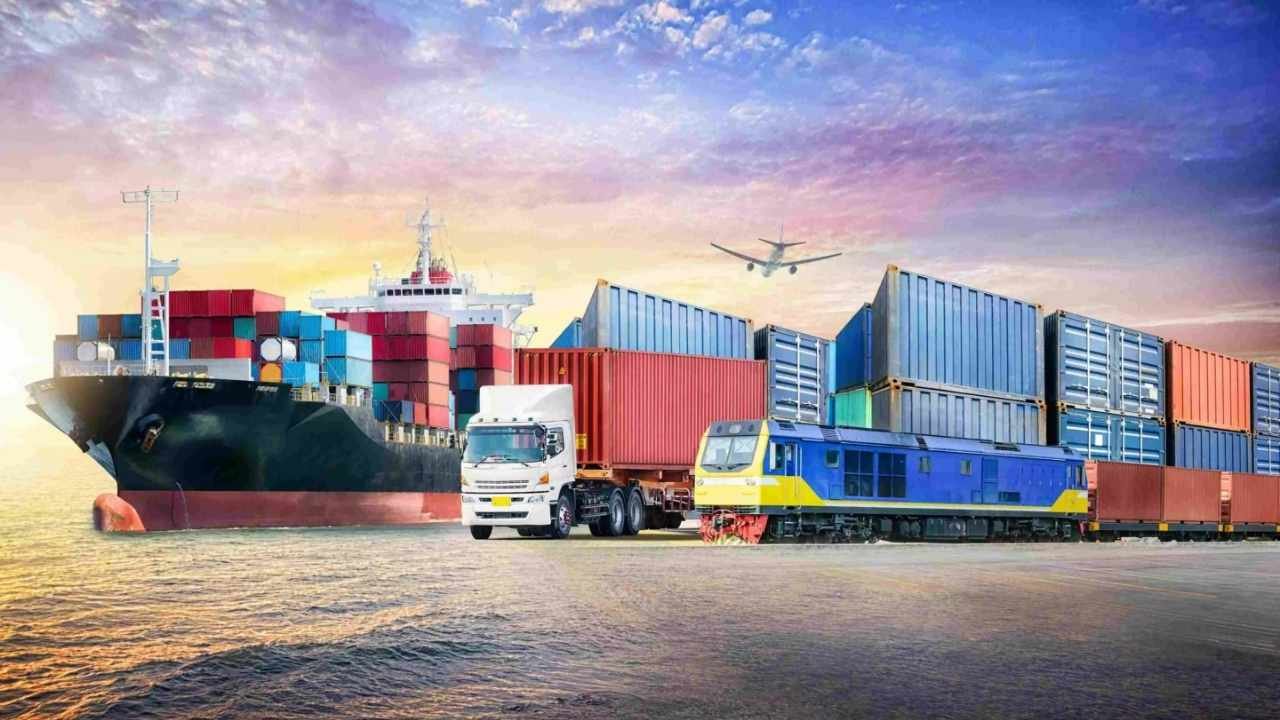India’s logistics sector has long been recognized as a backbone of its economic growth, yet it has also faced challenges such as high costs, fragmented supply chains, and infrastructure bottlenecks. To address these concerns, the government introduced the National Logistics Policy (NLP) with a vision to create a unified, efficient, and technology-driven logistics ecosystem. The policy is not just about streamlining movement of goods—it is about transforming how businesses, especially MSMEs and freight operators, interact with the logistics network.
Understanding the National Logistics Policy
The National Logistics Policy, launched with a focus on reducing logistics costs and improving efficiency, aims to bring India at par with global benchmarks. Currently, logistics costs in India account for around 13-14% of GDP, compared to 8-9% in developed nations. The policy seeks to reduce this burden to 8% through integrated planning, digital transformation, and infrastructure development.
For businesses, this means quicker movement of goods, fewer delays, and more predictable supply chains. For logistics operators, it opens doors to digitization, multimodal transport, and better access to national infrastructure.
Why the Policy Matters for MSMEs
Micro, small, and medium enterprises (MSMEs) contribute significantly to India’s exports and domestic trade, but logistics inefficiencies often eat into their margins. High transportation costs, lack of warehousing, and delays in shipments affect their competitiveness. The National Logistics Policy promises to ease these issues in multiple ways.
Reduced Costs and Improved Competitiveness
By lowering logistics expenses, MSMEs can price their products more competitively in domestic and international markets. This directly boosts their profit margins and export potential.
Access to Digital Platforms
The policy emphasizes digital integration through platforms like the Unified Logistics Interface Platform (ULIP). Such tools will allow MSMEs to track shipments, connect with multiple service providers, and get real-time updates without needing large investments.
Better Market Reach
With improved transport connectivity and multimodal networks, MSMEs in smaller towns and rural areas can access national and international markets more easily. This expands their customer base and growth opportunities.
Impact on Freight Operators
Freight operators, who form the backbone of goods movement in India, will see both challenges and opportunities under the new framework.
Emphasis on Technology and Data
Operators will need to embrace technology-driven systems, from GPS-enabled tracking to route optimization. While this requires initial investment, it enhances transparency and reduces fuel and time wastage.
Growth in Multimodal Transport
The policy encourages integration of road, rail, air, and waterways for cargo movement. Freight operators will gain access to broader networks, reducing dependency on a single mode of transport and improving efficiency.
Support for Small Operators
Smaller freight operators often struggle with high costs and limited resources. With the government’s focus on creating digital platforms and logistics parks, they can plug into larger networks and scale their businesses more effectively.
Key Features of the National Logistics Policy
Unified Logistics Interface Platform (ULIP)
ULIP will connect different government and private systems on a single platform, enabling end-to-end visibility for all stakeholders. For businesses and operators, this reduces paperwork and improves efficiency.
Ease of Logistics (E-LogS) System
This feature allows industry players to report challenges in real time, helping the government resolve bottlenecks quickly. It creates a feedback loop between policy makers and logistics providers.
Standardization and Skill Development
The policy focuses on creating standard operating procedures, training programs, and certifications to build skilled manpower for logistics. This professionalization benefits operators and enhances service quality.
Development of Logistics Parks and Warehousing
By investing in multimodal logistics parks and modern warehousing, the government aims to create centralized hubs that improve efficiency in storage and distribution.
Opportunities for Growth and Innovation
The National Logistics Policy opens up new opportunities for innovation. Startups focusing on supply chain automation, digital freight platforms, and sustainable mobility solutions can integrate into the ecosystem. MSMEs can leverage these tools without having to build expensive infrastructure. Freight operators can diversify services, offering specialized solutions for e-commerce, cold chain logistics, and export consignments.
Challenges in Implementation
While the policy sets an ambitious roadmap, implementation will not be without challenges. Infrastructure development takes time and coordination among states. Smaller operators may find it difficult to transition quickly to digital systems. For MSMEs, awareness and adoption of government platforms will be key to unlocking benefits.
The Road Ahead
The government’s push for a comprehensive logistics framework is a step towards positioning India as a global manufacturing and trade hub. For MSMEs, it means reduced costs, greater access, and better competitiveness. For freight operators, it is an invitation to modernize, collaborate, and grow. With consistent implementation and industry participation, the National Logistics Policy has the potential to transform India’s logistics landscape and support sustainable economic growth.
Conclusion
The National Logistics Policy is more than just a regulatory framework—it is a vision to make logistics a growth engine for India’s economy. By focusing on technology, multimodal infrastructure, and cost efficiency, the policy aims to create a seamless supply chain that benefits all stakeholders. MSMEs will find it easier to compete in global markets, while freight operators can leverage innovation to expand their services. If executed effectively, the policy could mark the beginning of a new era in Indian logistics, where speed, transparency, and sustainability go hand in hand.
